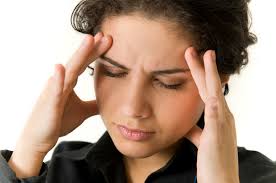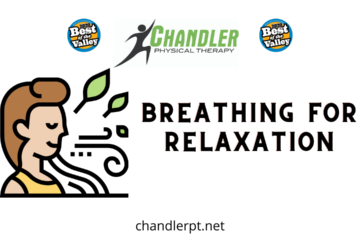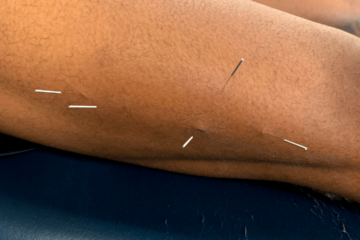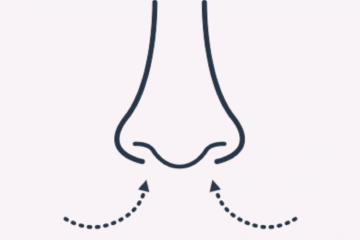Does your head hurt?
Did you know that more than half of adults will experience a headache at any given time during during any part of the year? Headaches can occur in any part of the head or multiple parts during a given episode. There are two main types of headaches-primary headaches which are standalone episodes that directly affect pain sensitive structures around the head including vessels, muscles, and nerves. Secondary headaches are symptoms resulting from a different causative factor such has teeth grinding, lack of sleep, dehydration, ice cream headaches more commonly known as a “brain freeze, ” and something more series such as brain clots or brain bleeds. So where does physical therapy play into all of this?
As physical therapists, we see a wide variety of conditions from back and neck pain, to vertigo, Bell’s Palsy and you guessed it-headaches/migraines. We commonly treat primary headaches which are often associated with cervical dysfunction, and often result in tension headaches. We also often treat migraine headaches, which also commonly present with some sort of cervical restriction and often vestibular dysfunction. The most common trait that we see amongst the individuals that come into the clinic with headaches is upper crossed posture- more commonly known as a forward head posture with rounded shoulders. Do you text a lot, work at a computer, or sit the majority of the day? Chances are you probably have this posture, which most people do. Unfortunately we have evolved into a population that moves less and when you move less your tissues adapt and overtime become stiff, tight, and often painful.
As therapists, our priority is to calm down any sort of acute pain you may be having which surprisingly can be helped by exercises, stretching, and movement. Reestablishing movement and or improving joint and tissue mobility is usually what comes next. Typically joint stiffness and tissue tightness go hand-in-hand and often contribute to one or the other, however you can have one and not the other. Our training allows us to differentiate between the two. Often times the musculature surrounding the neck becomes weak and tight as result of poor postural positions. Tight tissue can result in nerve and vessel compression which can result in pain, headaches and a constant feeling of tightness/stiffness.
Once this is relieved your are typically relieved of your headache; however, the biggest mistake that people often make is that they stop at this point. You are feeling better, so the issue must be resolved, right? Wrong. This is generally why a massage provides relief but typically does not provide long lasting relief. You must supplement this with exercises and strengthening to correct those postural deficits that originally put you the position you were in. Your body is an amazing thing, it can handle a lot of stress, but if you stress it enough, it will eventually begin to let you know that it isn’t happy and this typically is in the form of pain.
A physical therapist can help you correct postural issues, weakness and identify stressors that can be contributing to your headaches. We can also teach you to maintain it and prevent those annoying headaches from coming back. Don’t suffer any longer, give us a call at 480-786-4969
If you struggle with headaches, we have put together 3 important exercises to try – get them below:



